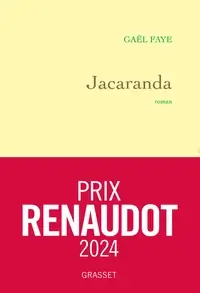En cours de chargement...
From the Author of the Internationally Bestselling English Language Books - Red Herrings & White Elephants and Shaggy Dogs & Black SheepHow To Speak English Like a Native The English language is perhaps the richest and most expressive in the world. One of the reasons for this is that we have so many weird and wonderful ways of describing exactly the same thing: we can be as colourful or as plain with our language as we choose.
That is why it is so difficult to learn and how this book will help you so much. Living in a foreign country, as I do, it is obvious to me that even the most fluent of English speakers still have a lot to learn. As have the native English speakers. You try explaining to an educated Vietnamese or Thai how your friend became ADDLED and SOZZLED or BLOTTO and BEFUDDLED, and maybe MULLERED, PIE-EYED or BINGEING.
What you say? What you mean? Why you say? All good questions. And all answered here. On the face of it the history of the English language is, at best, rather dull. It is certainly not easy to write an entertaining book on the subject and not make it read like a text book. Or so I thought. When I looked a little closer - and in a slightly different way from that of etymologists and scholars with minds far greater than mine - I discovered all sorts of fascinating tales that will help to explain why we use the words and phrases we do. Because, alongside the usual Latin-based words we picked up from the Romans and the words nicked from the Celts and Picts and other ancient Europeans, the English language has drawn its inspiration from some exceedingly odd places: clowns, facial hair, items of furniture, famous elephants .







